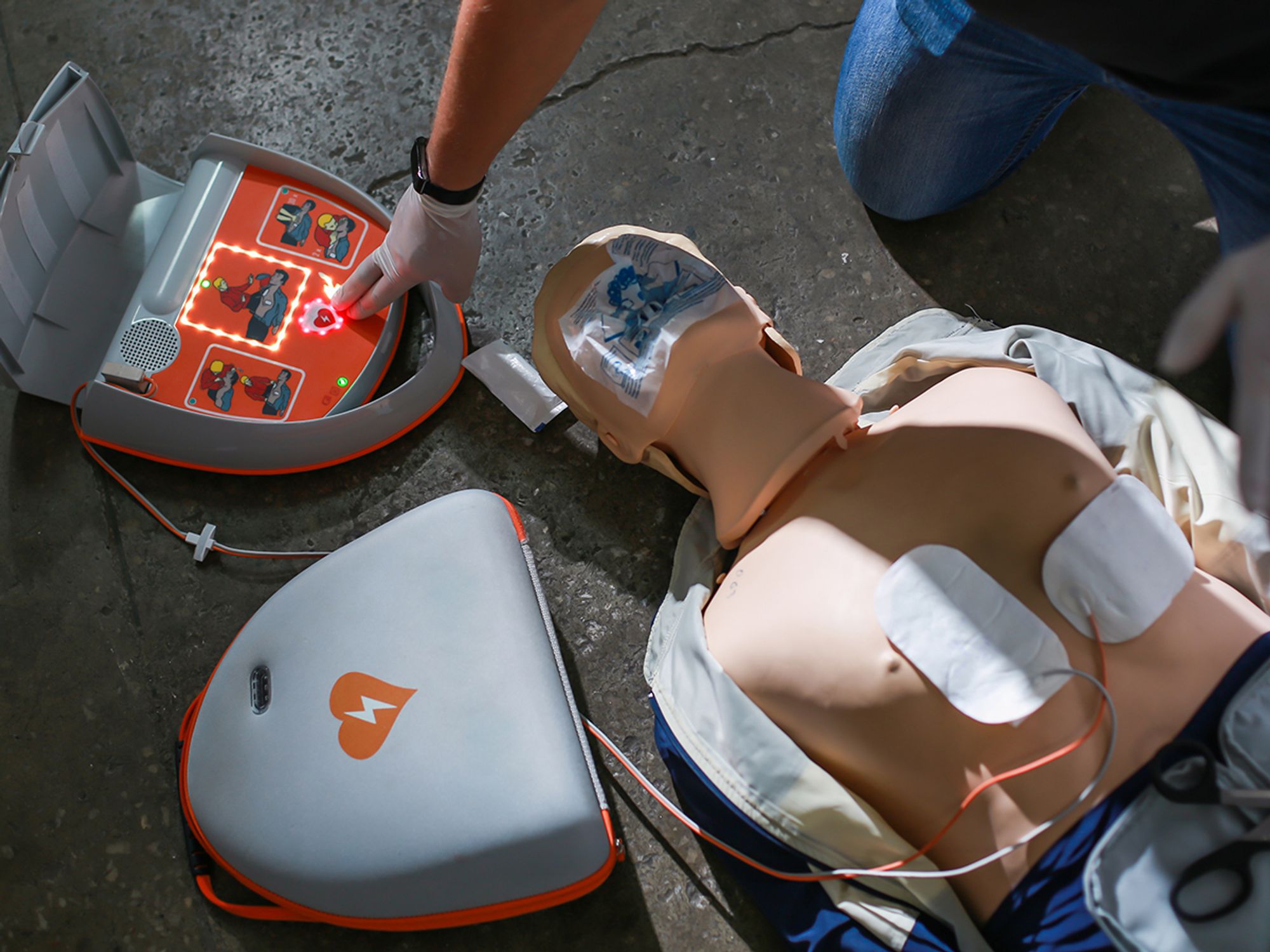InstituteAnalysisSafety & HealthFirst Aid and MedicalGeneral Industry SafetyFocus AreaUSAEnglishFirst Aid and MedicalAutomated External DefibrillatorsLifesaving EquipmentIn Depth (Level 3)
Training
['First Aid and Medical']

- Instructors should explain how employees can receive formal training to use an AED.
- Instructors should point out the location AEDs at the facility.
- Instructors should teach trainees in a language they understand and obtain a translator if necessary.
Learning to use an automated external defibrillator (AED) is not difficult. Modern AEDs are easy to operate and typically instruct the operator on how to proceed.
Instructors will explain how to receive formal training. Instructors will also inform trainees of how to summon emergency medical assistance at the facility and will identify who is designated as a “first responder.”
Instructors will also point out the location of AEDs at the facility.
- Teach in a language that trainees understand. If a trainee’s vocabulary is limited, account for that limitation. Translators may be needed.
- Review the company emergency action plan. Use the employee handout to review the requirements for first aid in the workplace.
- Review the location of first-aid supplies, how to contact a company “first responder,” and the location of emergency numbers.
- Review the company policy on medical transportation.
